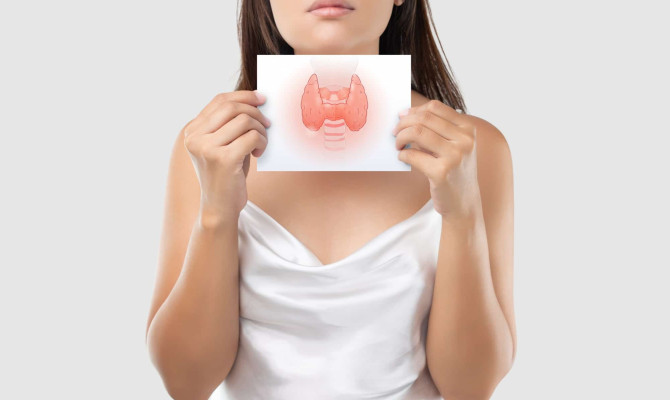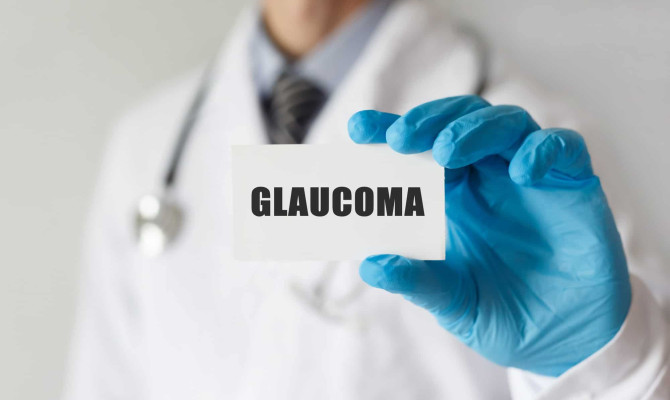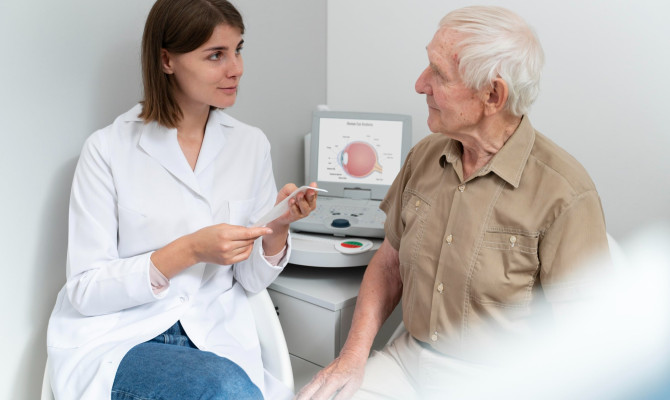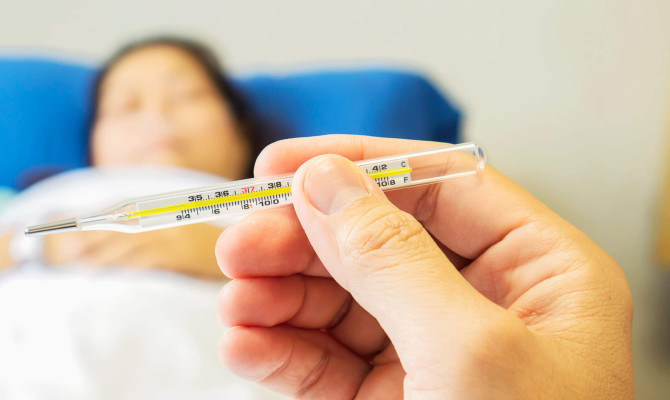ACL Injury : What You Should know?

- ACL Injury
- 14 Aug 2023
Introduction
Introduction to Anterior cruciate ligament (ACL)
A ligament is a tight strip of connective tissue that holds cartilage and bones together. There are four ligaments associated with the knee joint, namely the anterior cruciate ligament (ACL), posterior cruciate ligament (PCL), medial collateral ligament (MCL), and lateral collateral ligament (LCL).
The (ACL) connects the lower portion of the thigh bone to the upper end of the shin bone. It prevents excessive forward motion and maintains knee stability. While some mobility or sliding is acceptable and necessary for efficient knee function, excessive motion can harm other components of the knee and cause long-term issues. 1Introduction to ACL| Researched based study from ajsb
What is an ACL injury?
Damage to this ACL ligament is one of the most frequent and serious knee injuries in sports. The ACL may be completely torn into two pieces or only partially torn. The level of pain felt immediately after the injury varies greatly, but it can be fairly intense. The person injured is usually unable to resume activities. The injured knee may immediately swell, but if the knee is quickly cooled or braced, the swelling’s extent may be reduced. The ligament tears frequently occur in conjunction with damage to other structures associated, like the collateral ligaments, cartilage, muscles, etc. 2What is ACL injury? | Researched based study from nih.gov

Types
Types based on grading
According to the degree, there are three types of ACL injuries. The doctor might assign a severity rating of one to three, with three being the most serious ligament injury.
Grade 1:
- The ACL ligament has sustained minor harm but not a tear.
- There could be some swelling along with mild pain.
- During movement, the knee does not feel shaky or give way.
Grade 2:
- This is a rare type.
- The ligament fibers are only partially torn, along with bleeding.
- There is a slight amount of pain and mild swelling.
- During movement, the affected joint may feel unstable.
Grade 3:
- The ACL ligament has been torn in two parts.
- The knee joint is no longer stable and gives way.
- Painful, but not unbearable.
- Bleeding in the knee joint.
- Swelling.
Avulsion or tibial spine avulsion:
- Children are more likely than adults to sustain this type of injury.
- The ligament is pulled away from the thigh bone or the shin bone but not torn.
- If the damage is not treated, the knee may become weak and unstable.
Symptoms
Signs and symptoms
Individuals who have ACL damage may exhibit certain typical symptoms, such as:
- A popping or snapping sensation in the knee at the time of injury.
- Motion restrictions, make it difficult to flex or properly extend the knee.
- Pain in the affected leg, particularly while they try to put their weight on it.
- Unable to continue walking or exercising because the knee joints turn loose.
- Visible knee swelling six hours after the injury.
- The knee feels shaky and gives away.
Risk
What are the risk factors?
Your risk of suffering an injury to your ACL can be increased by several things, like:
- Age – Youthful, active individuals are particularly vulnerable.
- Sex – Females are considered two to ten times more at risk than males. 3Risk factors of ACL injury | Researched based study from bmj.com
- Anatomical factor- lower limb alignment issues and abnormal posture (e.g., knee, hip)
- Type of movements – The majority of ACL tears occur when playing gymnastics or sports like soccer, basketball, skiing, etc. which requires more than one of these movements – turning, rotating, cutting, knee joint twisting, backward bending, or side-to-side movements.
- Occupational – jobs that need climbing, pivoting, or jumping.
- Inadequate warm-ups before playing a sport.
- Making improper range of motion, like squatting while bending the knees inwards.
- Wearing ill-fitting footwear while playing a sport.
- Road traffic accidents or workplace injuries in factories or industries.
Causes
Causes of ACL injury
A common cause of an injury to your ligaments is fitness and sports activities, that put excessive stress on your knees such as:
- Running at a fast pace and suddenly stopping.
- Uncomfortably land after a leap.
- While sprinting, abruptly change your course, twisting your knee.
- Rapid braking and direction change (cutting motion)
- If a strong side impact strikes your knee (like a football)
- Rotating while keeping your foot firmly on the ground.
- Extending your knee too far.
- Sustaining a direct knee strike or colliding with another object on the side, such as during a football tackle.
Prevention
Prevention of ACL injury
It may not be feasible to prevent ACL injuries, if you are a sportsperson or an athlete, however, there are training methods that can reduce your risk, such as:
- If you play sports, you should pay special attention to two factors, how you land after a jump and how you take hard, rapid steps to speed in another direction.
- A series of stretching and warming-up exercises as well as injury-reduction jumping drills like jumping and landing drills may help.
- Core strengthening exercises that target the hips, pelvis, and lower abdomen to teach athletes to keep their knees from bending inwards during squats.
- Leg strengthening activities, especially hamstring workouts, to maintain a balance in leg muscle strength.
- To prevent injuries, wear padding and shoes that are appropriate for your sport and fits you well.
Diagnosis
Diagnosis of ACL injury
Before performing a physical examination, your doctor will want to know exactly how you hurt your knees. This will be preceded by additional tests to rule out other possibilities and assess the extent of the damage. These tests may include:
- Physical examination: The doctor will check for swelling and pain in the affected knee and evaluate the joint’s range of motion.
- X-rays: to rule out a fracture of associated bones.
- MRI (Magnetic resonance imaging): can reveal the severity of ACL damage as well as harm to other tissues, like the cartilage.
- Ultrasound: can be used to check the knee’s ligaments, tendons, and other tissues for injury.
- Arthroscopy: makes it possible to directly see structures inside the joint. A small pencil-sized arthroscope with a lens is inserted into the joint by a surgeon and a monitor may receive a projection from the camera. This would help the doctor to understand the injury better and to repair it accordingly.
Management
Management of ACL injury

The patient’s symptoms, type of ligament injury, amount of growth still left in the growth plates, and desired level of activity after the treatment, will all influence the best course of treatment.
First aid:
Before visiting a hospital for more treatment, a person who has injured their knee might want to perform the following first aid techniques:
- Rest is necessary to limit weight bearing on the affected knee.
- Try applying ice on the affected knee.
- Wrap an elastic bandage around the injury.
- Raise the affected leg above the heart level to decrease swelling.
- Do not try to move the affected knee unnecessarily if it is painful.
- Use crutches to reduce the weight bearing on the legs.
- See a doctor immediately, if the affected foot turns cold or blue.
Non-surgical treatment methods:
For grade 1 or sometimes grade 2 injuries, the non-surgical treatment option is the best. This would include physiotherapy, immobilization or bracing, and a slow return to normal activities and sports.
Medicines:
- Anti-inflammatory medicines can aid in reducing pain and swelling.
- Your doctor might advise over-the-counter drugs or give you a stronger prescription depending on the intensity of your pain.
- may also inject steroid medication into the affected knee if the pain is severe.
Knee brace:
- Some people can continue to participate in sports while wearing a brace on their affected knee.
Physiotherapy:
- To get the affected knee to its normal state, one may need to do these several days a week.
- This will work on strengthening the muscles around the knees and regaining a full range of motion during the sessions.
- also aid in reducing swelling, and pain and also improve balance while walking.
Surgical methods:
If the ligament is severely torn, the affected knee collapses or gives way during daily activities, more than one ligament or fibrous cartilage in the knee is affected, or if the patient is an athlete, the doctor might advise surgery.
ACL reconstruction surgery:
- Recommended for active patients with ACL damage.
- Typically performed in grade 3 damage.
- An injured ACL will be removed and replaced with tissues to stimulate the growth of a new ligament in its place.
- This surgery is minimally invasive, you will continue with another round of rehabilitation therapy after surgery.
- Usually, a successful ACL restoration and strict physiotherapy can give your knee the stability and functionality it once had.
- ACL surgery recovery might take six to twelve months.
Post-surgery
At-home management after surgery
Initially, following surgery, you will require additional support in taking care of yourself. It often takes between four and six months before you return to normal activities.
- Your doctor might advise you to elevate your knee using pillows, apply ice packs to it, and bandage to keep it compacted.
- To relieve the strain on the knee, the patient may probably need crutches.
- Following knee arthroscopy, pain is common. In time, it ought to become better. Taking pain medication helps keep the pain from getting too bad.
- A customized knee brace might also be necessary. The knee will be limited in its range of motion by the brace’s settings.
- Physiotherapy sessions could last anywhere from two to six months.
- Maintaining an active lifestyle and strengthening the leg muscles will hasten the healing.
- The doctor should recommend incremental physical therapy as the affected ACL starts to repair. It will support the ligaments and muscles in becoming stronger.
- After that, the injured person will probably be able to resume his or her favorite activities in roughly nine months. For athletes, it may take up to a year before they may resume their sport.
- It is encouraged to avoid smoking and to maintain a normal body mass index to improve long-term results.
Complications
Complications of ACL injury
- Prolonged bleeding into the knee joints may make things worse.
- Knee osteoarthritis, Based on the severity of the initial injury, the existence of associated damages in the knee joint, or the degree of activity following treatment 4Complications of ACL injury| Researched based study from bmj.com 5Complications of ACL injury | Researched based study from wiley.com
- Affected children may experience psychological problems as a result of their limited mobility during treatment. They might become angrier, and show decreased self-esteem. 6Complications of ACL injury| Researched based study from Sagepub.com
- Postoperative stiffness is possible. But can be managed with physiotherapy.
- If a kid or a teenager undergoes reconstruction surgery, growth plate damage may occur. To prevent this, the surgeon may typically postpone the treatment until the bones are fully developed.
- Limited mobility of the knee in some cases.
- Graft failure.
- Reinjury to the knee.
- Surgical reconstruction may not be always successful in restoring a patient’s activity completely.7;Complications of ACL injury | Researched based study from Sagepub.com
- There is always a risk of re-injury to the knee in athletes after they resume their activities,and this time with noticeably less beneficial results. 8Complications of ACL injury | Researched based study from Sagepub.com
Takeaway
The bottom line
Some people with an ACL tear can continue to live and work normally. The majority of people, however, lament that their knees are unstable and could give out during strenuous activity. Workout plans could prevent another ACL tear. They emphasize neuromuscular training. Specifically, while jumping, landing, and changing directions, NMT teaches movement patterns that reduce the chance of re-injury.
Any feedback on this article?
 This Articles content was accurate
This Articles content was accurate Very Informative Article
Very Informative Article I have a question or a comment
I have a question or a comment
 This article contains inaccurate content
This article contains inaccurate content This article was not helpful
This article was not helpful I have a question or a comment
I have a question or a comment
We appreciate your helpful feedback!
Checkout our social pages
References
-
Sage Publications
Clinically Relevant Injury Patterns After an Anterior Cruciate Ligament Injury Provide Insight Into Injury Mechanisms
-
National Institutes of Health
Current concepts for injury prevention in athletes after anterior cruciate ligament reconstruction.
-
British medical journal
Non-contact ACL injuries in female athletes
-
British medical journal
High prevalence of osteoarthritis 14 years after an anterior cruciate ligament tear in male soccer players: a study of radiographic and patient relevant outcomes
-
Wiley Online Library
Psychological and Social Components of Recovery Following Anterior Cruciate Ligament Reconstruction in Young Athletes: A Narrative Review.
-
Sage Publications
Return to the Preinjury Level of Competitive Sport After Anterior Cruciate Ligament Reconstruction Surgery: Two-thirds of Patients Have Not Returned by 12 Months After Surgery
-
Sage Publications
Incidence of Subsequent Injury to Either Knee within 5 Years after Anterior Cruciate Ligament Reconstruction with Patellar Tendon Autograft.
-
Sage Publications
The Prognosis and Predictors of Sports Function and Activity at Minimum 6 Years After Anterior Cruciate Ligament Reconstruction: A Population Cohort Study






































